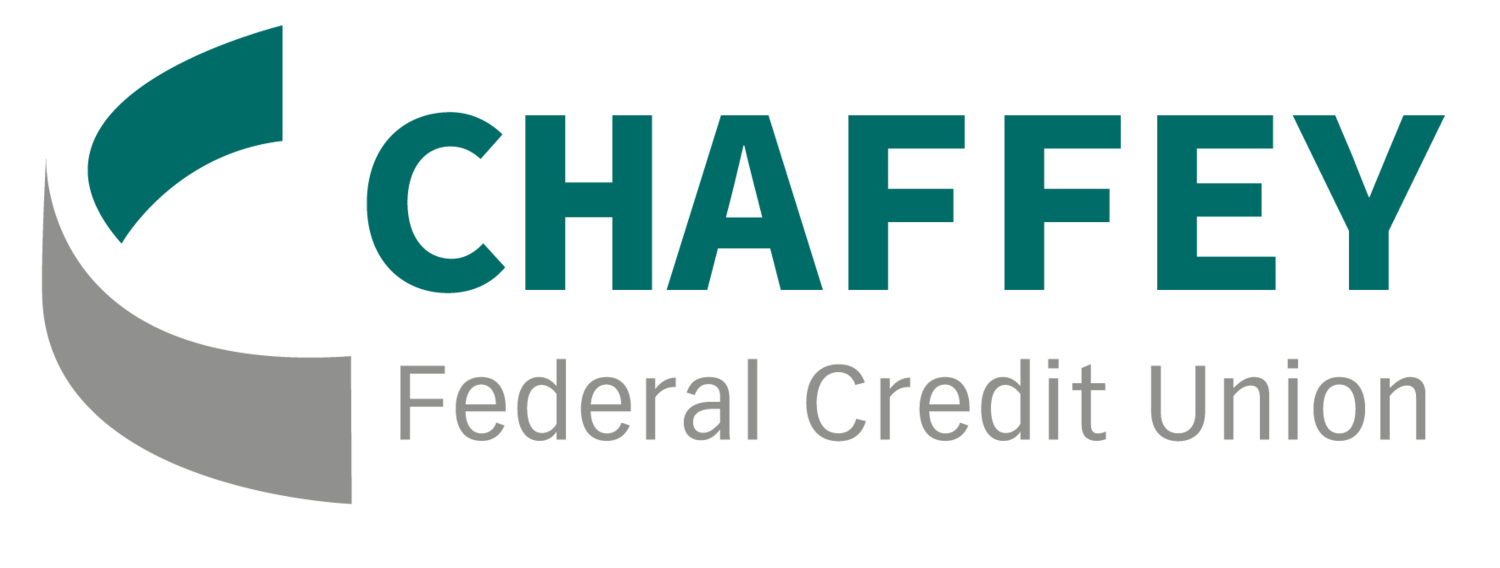4 Ways to Protect Your Identity This Summer
One of the greatest threats to families today is identity theft. The chances of one or more members of a family becoming an identity theft victim is higher than becoming a victim of nearly any other crime.
While it’s not good to live your life in fear, it is wise to be aware of these potential dangers and to take steps to avoid them from happening to you. Below, are things that you can do to help protect your identity this summer and year-round.
Protect your personal data. This may seem obvious, but it can be easy to become lax and let some personal information slip. What’s considered personal data? Your social security number, your Medicare ID or health insurance member numbers, driver’s license and passport numbers, your full name (including your maiden name and your mother’s maiden name) and financial account numbers are a few examples. Only cautiously share this information and don’t just share it with anyone. You should also be sure to have a clear understanding of what your personal data will be used for before sharing.
Be careful about scam phone calls. Have you ever received a phone call from the someone who claims to be from the IRS and demands that you pay money that is due? If so, it’s likely that the call was from a fraudster, not the government. The IRS will never call you if you owe taxes without first sending you a bill in the mail. They’ll also never threaten to bring in police or other agencies to arrest you for not paying. Never share personal information to anyone who calls you unless you’re absolutely sure that they are who they say they are - and you feel comfortable with sharing your information. Listen to your instincts. If you feel apprehensive about sharing personal data, don’t do it.
Be careful about scam emails. Scammers like to imposter companies that you have accounts with and may send emails that indicate that your account has been compromised or that your information needs to be verified. While the name on the email may look legit (for example, it may say that it’s from Apple), upon closer examination you may discover that the email address’s domain does not match the company name. Most well-known companies use a domain that matches their company name. The domain part of the email address is the part after the “@” symbol. For an example, the domain of chaffeymail@chaffey.com (correct email address) is chaffey; whereas, the domain of chaffeymail@chaffey.com is gmail.
Sign up for ID theft protection. ID theft protection can help give you peace-of-mind that if your identity is stolen, you’ll be able to recover it fully and quickly. There are many identity theft solutions to choose from and they’re not all created equally. For an example, some identity theft solutions only provide credit monitoring. While this can be a good solution to have, it’s only going to alert you if you’ve been a possible victim versus helping you recover your identity. Chaffey FCU offers Fully Managed Resolution Services and credit monitoring at no cost to all members with Chaffey PLUS Checking Accounts. Click here for more information.



